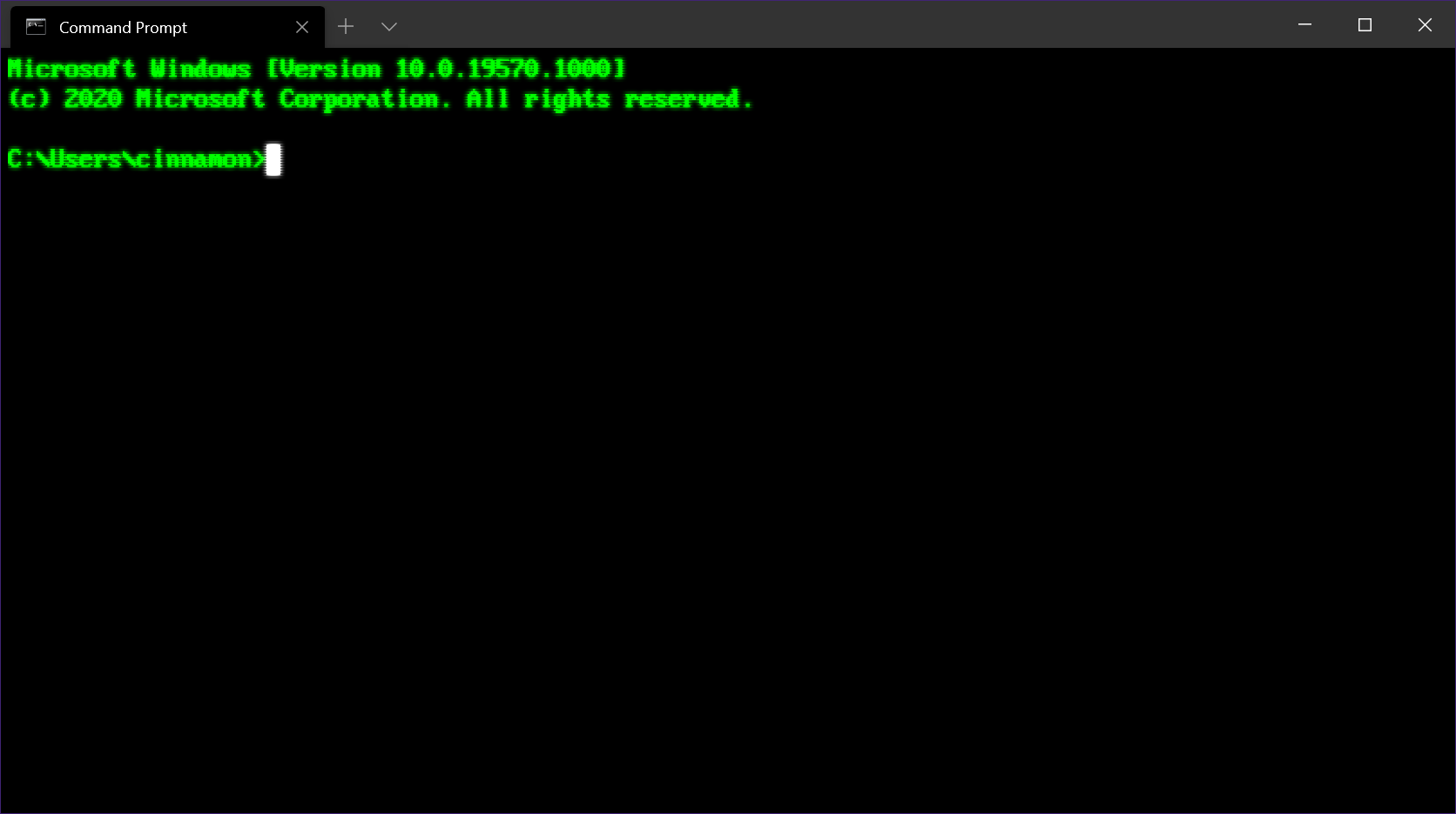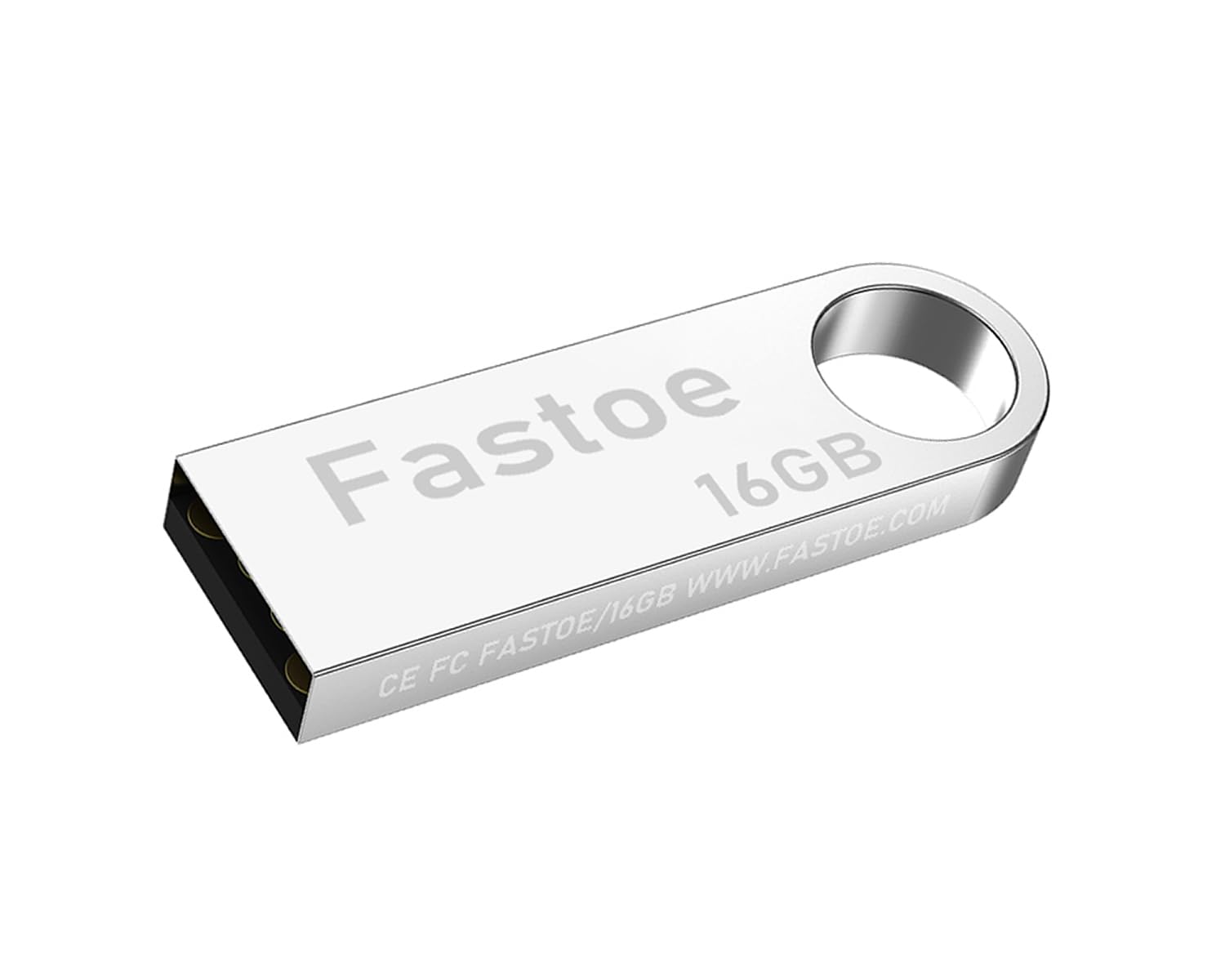In the realm of troubleshooting Windows errors, the Command Prompt emerges as a powerful tool.
Open an Elevated Command Prompt
1. Press the Windows key + X on your keyboard to open the Power User menu.
2. From the menu, select “Command Prompt (Admin)” to open an elevated Command Prompt.
Alternatively, you can open an elevated Command Prompt using the Run dialog box:
1. Press the Windows key + R on your keyboard to open the Run dialog box.
2. Type “cmd” and press Enter to open a regular Command Prompt.
3. Type “cd\” and press Enter to navigate to the root of the C: drive.
4. Type “cd windows\system32” and press Enter to navigate to the System32 folder.
5. Type “cmd” and press Ctrl + Shift + Enter to open an elevated Command Prompt.
Once you have opened an elevated Command Prompt, you can use various commands to fix Windows errors. Some commonly used commands include:
– “sfc /scannow” – This command scans and repairs system files using Windows Resource Protection.
– “chkdsk” – This command checks and repairs file system errors on a specified drive.
– “dism /online /cleanup-image /restorehealth” – This command repairs the Windows image using Windows Update.
– “netsh winsock reset” – This command resets the Winsock catalog to fix network-related issues.
Run the System File Checker (SFC) Tool

To run the SFC tool, follow these steps:
1. Open the Command Prompt as an administrator. You can do this by pressing the Windows key + X and selecting “Command Prompt (Admin)” from the menu.
2. In the Command Prompt window, type sfc /scannow and press Enter. This command will start the scanning process.
3. Wait for the scanning process to complete. It may take some time, so be patient. The SFC tool will automatically repair any corrupted or missing system files it finds.
4. Once the scanning and repairing process is finished, you will see a message indicating whether any issues were found and fixed.
5. Restart your computer to apply the repairs.
Running the SFC tool can help resolve various Windows errors and improve your system’s stability. It is a useful troubleshooting step if you are experiencing issues with your Windows operating system.
Use DISM Command for Repair
If you’re experiencing Windows errors, the DISM (Deployment Image Servicing and Management) command can be a useful tool for repair. To use the DISM command, follow these steps:
1. Open the Command Prompt by pressing the Windows key + R, typing “cmd” in the Run dialog, and pressing Enter.
2. In the Command Prompt window, type “dism /online /cleanup-image /restorehealth” and press Enter. This command will scan your system for errors and attempt to repair them.
3. Wait for the command to complete its scan and repair process. This may take some time, so be patient.
4. Once the process is finished, restart your computer to see if the Windows errors have been resolved.
By using the DISM command, you can repair common Windows errors without the need for a boot disk or advanced technical knowledge. It’s a straightforward and effective way to fix issues with your operating system.
Note: It’s important to run the DISM command with administrative privileges. To do this, right-click on the Command Prompt icon and select “Run as administrator” from the context menu.
Remember to always backup your data before attempting any repairs or modifications to your system. If you’re unable to resolve the errors using the DISM command, you may need to consider other options such as restoring from a system restore point or seeking professional assistance.
Review SFC and DISM Results
Reviewing SFC and DISM Results is an essential step in fixing Windows errors using the Command Prompt.
To begin, open the Command Prompt by pressing the Windows key + R, typing “cmd”, and pressing Enter.
Firstly, run the System File Checker (SFC) by typing “sfc /scannow” and pressing Enter. This command will scan for and repair any corrupted system files.
After the scan is complete, you will see the results. If the scan found and fixed any issues, it will display a message stating so. If no issues were found or if the scan couldn’t repair some files, you may need to use the Deployment Image Servicing and Management (DISM) tool.
To run DISM, type “dism /online /cleanup-image /restorehealth” and press Enter. DISM will check for and restore any corrupted files using Windows Update. This process may take some time, so be patient.
Once the DISM scan is complete, review the results. If any issues were found and fixed, the tool will display a message stating so. If the scan couldn’t fix the issues, you may need to use additional troubleshooting methods or seek professional help.
It’s essential to review the SFC and DISM results carefully to ensure that any Windows errors are properly addressed. These steps can help resolve various issues, including system file corruption, software conflicts, and other errors that may affect the stability and performance of your Windows operating system.
Remember to save any important data before running these commands and consider creating a system restore point or backup to avoid any potential data loss.
Replace Corrupt Files Manually
- Open the Command Prompt as an administrator by right-clicking on the Start button and selecting “Command Prompt (Admin)” from the menu.
- Type the following command and press Enter to stop the Windows Update service:
net stop wuauserv - Next, enter the following command and hit Enter to stop the Cryptographic service:
net stop cryptSvc - Now, enter the following commands one by one and press Enter after each to stop the BITS, MSI Installer, and Windows Update services:
net stop bits
net stop msiserver
net stop wuauserv - After stopping the necessary services, navigate to the following folder by entering the command:
cd C:\Windows\SoftwareDistribution - Delete all the files and folders in the SoftwareDistribution folder by typing the command:
del /q /s * - Next, open another Command Prompt as an administrator and enter the following command to reset the BITS and Windows Update services:
net start bits
net start wuauserv - Restart the Cryptographic, MSI Installer, and Windows Update services by entering these commands one by one:
net start cryptSvc
net start msiserver
net start wuauserv
Recover Data with Bootable Software

Recovering data using bootable software is an effective way to fix Windows errors.
To start, you’ll need a boot disk or a USB flash drive with bootable software installed.
1. Insert the boot disk or USB flash drive into your computer’s USB port or DVD drive.
2. Restart your computer and enter the BIOS settings by pressing the designated function key (usually F2 or Esc) during startup.
3. In the BIOS settings, change the boot order to prioritize the boot disk or USB flash drive.
4. Save the changes and exit the BIOS settings.
5. Your computer will now boot from the bootable software.
Once the bootable software is loaded, you can use the command prompt to recover your data.
1. Open the command prompt by pressing the Windows key + R, typing “cmd.exe”, and pressing Enter.
2. In the command prompt, navigate to the directory where your data is stored using the “cd” command.
3. Use the “dir” command to view the contents of the directory and locate your lost data.
4. Recover the data by using a data recovery tool like EaseUS Data Recovery Wizard.
5. Follow the instructions provided by the data recovery tool to recover your lost data.
Remember to save the recovered data to a different location to avoid overwriting any existing files.
Repair Services Insights

| Error Code | Description | Possible Solutions |
|---|---|---|
| 0xc000021a | The Windows Logon Process system process terminated unexpectedly. | Perform a system restore, use DISM command, scan for malware, or reinstall Windows. |
| 0x80070057 | An error occurred while attempting to format the drive. | Check disk for errors, use DiskPart utility, or try formatting the drive on another computer. |
| 0x80004005 | Unspecified error occurred. | Disable antivirus, run Windows Update Troubleshooter, or reinstall problematic application. |
| 0xc000000f | An error occurred while attempting to read the boot configuration data. | Use bootrec command, rebuild BCD, or perform a system restore. |
These are just a few examples of common Windows errors that can be fixed using the Command Prompt. By following the suggested solutions, you can resolve many issues and restore your Windows system to a stable state.
Frequently Asked Questions
How do I fix Windows errors?
To fix Windows errors, you can seek assistance from Microsoft Support. They provide help for Windows upgrade and installation errors. Visit the Microsoft Support website for more information.
How to check Windows errors using cmd?
To check Windows errors using CMD, you can run CHKDSK from Command Prompt. Open Command Prompt as administrator, then type “chkdsk” and press Enter. CHKDSK will scan for drive errors and notify you if any repairs are needed, but it will not fix them automatically.
How do I repair Windows from Command Prompt?
To repair Windows from Command Prompt, you can follow these steps:
1. Restart your computer and press F8 repeatedly to enter the Advanced Boot Options menu.
2. Select “Safe Mode with Command Prompt” and press Enter.
3. Once the Command Prompt window appears, type the appropriate command based on the issue you are experiencing:
– To scan and repair system files, type “sfc /scannow” and press Enter.
– To fix boot-related issues, type “bootrec /fixmbr” or “bootrec /fixboot” and press Enter.
– To restore the Windows registry, type “regback” and press Enter.
4. Wait for the repair process to complete and then restart your computer.
Remember to back up your important data before attempting any repairs.
How do I fix errors in Command Prompt?
To fix errors in Command Prompt, you can open it as an administrator by clicking on “Start,” typing “cmd,” and selecting “Run as administrator.” Then, type a CHKDSK command with parameters like “/f,” “/r,” and “/x” to scan and repair any errors.

